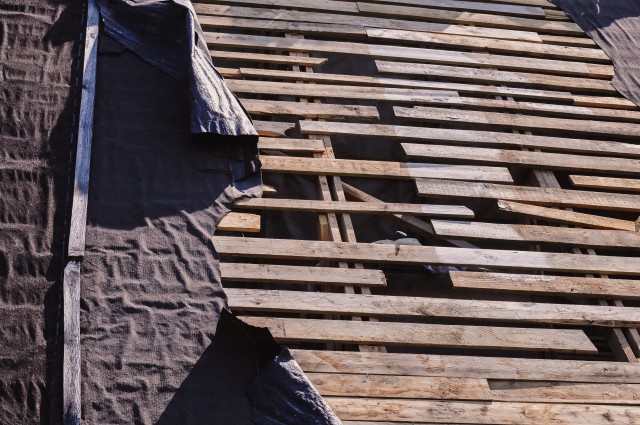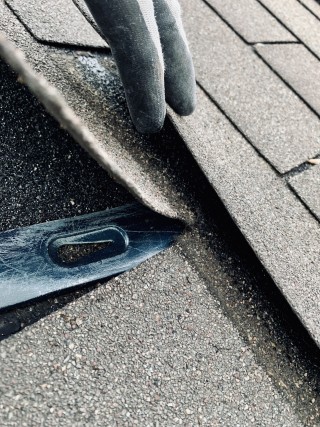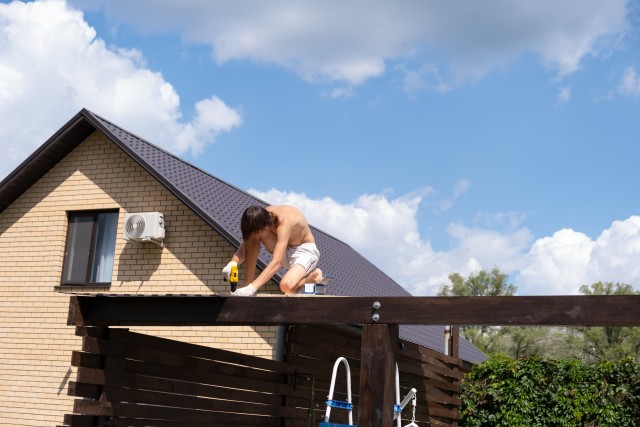Are you struggling to navigate the confusing world of roofing insurance claims? Don’t worry, we’ve got you covered.
In this article, we’ll walk you through the step-by-step process of understanding how to handle your insurance claim. From assessing the damage to filing the claim and meeting with the insurance adjuster, we’ll provide you with all the information you need to ensure a smooth and successful insurance payout.
So, let’s get started and demystify the roofing insurance claims process for you
Table of Contents
ToggleStep 1: Assessing the Damage and Roofing Insurance Claims
The first step in assessing the damage is to schedule an appointment with a qualified inspector. They’ll be able to assess the extent of the damage and provide you with an accurate report.
During the inspection, make sure to document any evidence of the damage. Take pictures and videos of the affected areas, as well as any visible signs of leaks or structural issues.
This documentation will be crucial when filing your insurance claim. It’ll provide proof of the damage and help you negotiate a fair settlement with your insurance company.
Remember to gather any additional documentation, such as repair estimates or invoices, to support your claim.
Being proactive in assessing and documenting the damage will greatly increase your chances of a successful insurance claim.
Step 2: Contacting Your Insurance Company
After you’ve contacted your insurance company, they’ll guide you through the next steps of the claims process.
The first thing they’ll do is determine your insurance coverage for the damage to your roof. They’ll review your policy and explain what is and isn’t covered. This is important because it will help you understand what expenses you can expect to be reimbursed for.
Next, they’ll ask you to provide claim documentation, such as photographs of the damage, estimates from contractors, and any other relevant information. It’s crucial to gather and submit all the necessary documents promptly to avoid delays in the claims process.

Your insurance company will then assess the documentation and work with you to finalize the claim. Remember to keep open communication with your insurance company throughout the process to ensure a smooth and efficient resolution.
Step 3: Documenting the Damage
Once you’ve contacted your insurance company, you’ll need to document the damage to your roof. This step is crucial in the roofing insurance claims process.
Start by taking photographic evidence of the damage. Use your smartphone or camera to capture clear, detailed images of the affected areas. Make sure to capture different angles and close-ups to provide a comprehensive view.
Along with the photographs, provide a written description of the damage. Describe the extent of the damage, any visible signs of leaks, and any other relevant details. This written description will help support your claim and ensure that the insurance adjuster has all the necessary information.
Step 4: Filing the Claim
To file the claim, you’ll need to gather all the necessary documentation and submit it to your insurance company. Start by filling out the claim form provided by your insurer. Make sure to provide accurate information about the damage, including the date and cause of the incident.
Along with the claim form, you’ll also need to gather supporting evidence of the damage. Take clear and detailed photographs of the affected areas, as well as any other relevant documentation such as repair estimates or invoices. It’s important to gather as much evidence as possible to support your claim and ensure a smooth process. Once you have all the necessary documentation, submit it to your insurance company as soon as possible to initiate the claim process.
Step 5: Meeting With the Insurance Adjuster
When meeting with the insurance adjuster, you’ll need to provide them with all the necessary documentation and answer any questions they may have about the damage.
Communicating with the insurance adjuster is crucial during this step of the roofing insurance claims process. The adjuster will assess the extent of the damage to determine the insurance settlement.
Be prepared to negotiate the insurance settlement if you feel it does not adequately cover the cost of repairs. Clearly communicate your concerns and present any additional evidence or estimates that support your case.
Remember to stay calm and professional throughout the negotiation process. By effectively communicating and negotiating with the insurance adjuster, you can ensure that you receive a fair and reasonable insurance settlement for your roofing damage.
Step 6: Receiving the Insurance Payout
Now that you’ve successfully completed the previous steps, it’s time to receive the insurance payout for your roofing damage.
Receiving the insurance payout is the final step in the roofing insurance claims process. After your meeting with the insurance adjuster, they will assess the damage and determine the amount you are entitled to for repairs.
Once the settlement is reached, you will receive a check from the insurance company. It’s important to carefully review the settlement offer and ensure it covers all the necessary repairs.
If you believe the amount is insufficient, you have the right to negotiate with the insurance company. You can provide additional evidence or get a second opinion from a roofing contractor to support your claim.
Conclusion
So there you have it, now you understand the roofing insurance claims process.
Remember, it’s important to assess the damage, contact your insurance company, and document everything thoroughly.
Once you’ve filed the claim, you’ll meet with the insurance adjuster and finally receive the insurance payout.
Don’t forget to stay organized and communicate effectively with your insurance company throughout the process.
With this knowledge, you can navigate the roofing insurance claims process confidently and ensure you receive the coverage you deserve.





